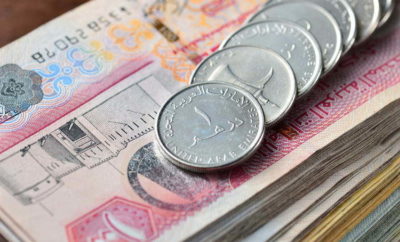Business
NRI Deposits Drop as Fewer Indians Migrate to Gulf

In numbers, the story of Indians migrating to work in the Gulf countries.
Economic downturn in the Gulf countries, mainly due to the drop in oil prices, has resulted in slowing down of deposits by non-resident Indians in the region. Growth in Non Resident External Rupee Account (NRE accounts) deposits of local banks fell by over 25 per cent during the April-June period, Reserve Bank of India data shows.
Indians living in the Gulf send money to Indian banks as NRE deposits that showed a 27 per cent slump from the previous year 2016.
Here is a look at how the number of Indian migrant workers in Bahrain, Iraq, Kuwait, Oman, Qatar, Saudi Arabia and the United Arab Emirates is on decline and how it impacts the Indian economy.

Forty Nine per cent of the Gulf population consists of foreign workers, making up 25,214,080 migrants during 2010-16. As many as 507, 296 of these migrants are workers from India.

In Saudi Arabia, the decline can be seen as a result of what the Indian government calls the “Saudisation policy”. Saudi Arabia is looking to hire more locals than foreign workers, the Times of India reported. According to MEA, the Saudi government has also introduced many new taxes to augment sources of government revenue.

For the first time in recent history, remittance flows to developing countries registered a decline. India registered the biggest fall, with 8.9 per cent decrease. India receives the largest amount of foreign remittance in the world, 40 per cent of which comes from Gulf countries.

Uttar Pradesh and Bihar have overtaken Kerala to send the most number of migrants to the Gulf countries. The emigrants from Kerala are more educated and qualified, and unwilling to accept the blue collar jobs that those from poorer states accept.
To avoid workers’ exploitation, the Ministry of External Affairs has urged North Indian states to set up institutions on the lines of Norka in Kerala that assist emigrants. The ministry is also creating model work contracts for emigrants and encouraging them to go through the e-migration route.

Rise in the cost of living, the growing trend of imposing restrictions on foreign workers, and wage stagnation have made the Gulf a not-so-attractive destination to Keralites. With a dip in number of emigrants comes a fall in remittances. In Kerala, remittances were 1.2 times the revenue receipts of the state government, and 1.5 times the government’s annual expenditure. It constitutes 36.3 per cent of the net state domestic product.




1 Comment
You must be logged in to post a comment Login